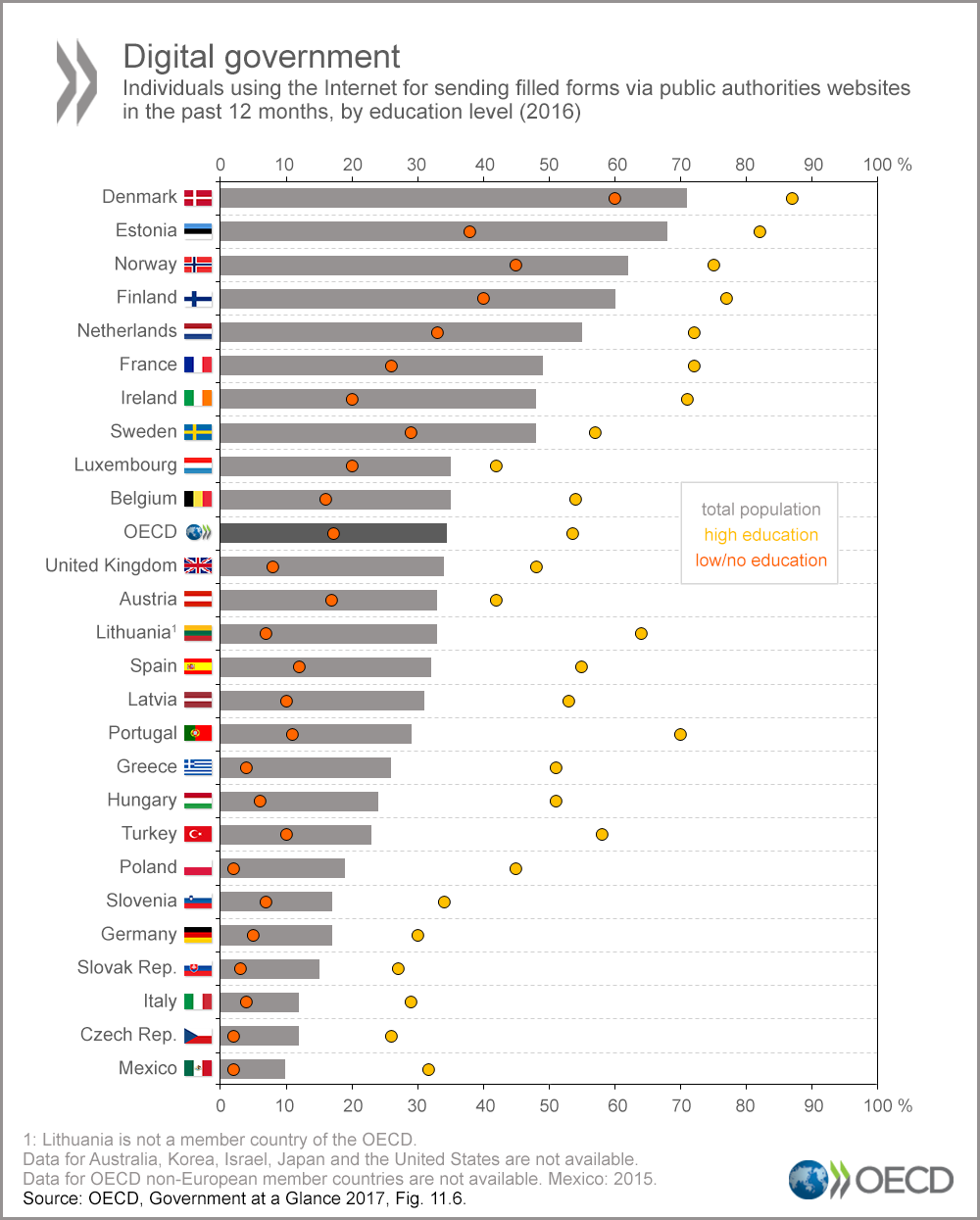cBrain CEO, Per Tejs Knudsen took time out to talk to Gary Flood from Think Digital about his experiences working with government ahead of the Think Digital Government conference in London next week.
What is the value proposition of your company, Per?
Simply put, we’re a Danish technology company that helps public sector organisations to solve process problems. We do this using what we call ‘the Danish model’ for digital bureaucracy – it’s a way of addressing the public accountability requirements found in government while taking advantage of the opportunities for new models and practices brought by the internet age.
What are cBrain’s roots?
We believe that computers challenge traditional paper based bureaucracy – and that all government organisations over time will transform into digital working environments using a refined business model and production system.
To that end, we started working with Danish ministries over 10 years ago, learning about the user needs of civil servants and trying to come up with a model and some software to support them. Right now we have more than 50 government organisations, including more than half of Danish ministries, successfully using the model and supporting software.
The Danish State Administration has been using cBrain for end to end process management and supports over 200,000 cases every year. It’s seen cost savings of £1.5m as a result of automating tasks with our technology, even managing to reduce one task from taking 5 days to complete to 5 minutes.
You seem to specialise in the public sector? Are you active in any other countries than Denmark?
We do. Our model and software are designed and built specifically for government, although we do have some private sector organisations and unions adopting the same approach.
From what we’ve seen, government organisations in the western world fundamentally work the same way, and that’s based on a model which has been developed over several thousand years, formulated and named the “bureaucracy” by the sociologist Max Weber.
But every country is looking to adapt to the opportunities brought by digital working, so we have been able to re-use our experience to help customers in the UK, Germany and the USA.
We also have the Danish Foreign Ministry as a customer – so in fact we are active in 109 countries around the world!
What’s the story about Denmark and its success in e-government?
Both the EU and OECD rank Denmark as the number one nation for digital public services. There are a few factors behind this – the first is that Danes have high expectations of being able to work digitally with government, and have a high level of trust in government. This means that we have a very high uptake of digital services; everyone in Denmark gets a secure digital ID, and some services can only be accessed digitally. Business can only communicate electronically with government.
The second is that we have had consistency of strategy and vision for a long time – you can trace it back to 1995, so we have passed the stage where we are focused on infrastructure and front-end digitisation and really spend time now on mission IT.
How would you rate the UK versus this scoreboard?
It’s clear there has been progress since the creation of GDS, and there are parts of the focus on user research that Denmark could learn from. From the outside, though, it sometimes seems there is a bit too much focus on technology and which project management method to use – and maybe not enough on addressing the basics of getting services working and joining up information to help the user.
Why have you decided to sponsor the Think Digital Government 2017 conference later this month?
We think now is a critical time for the UK in so many ways, and without wanting to sound arrogant, maybe there are some things that we have done ‘on the continent’ that are not so bad and could help!
Finally, if we come back to speak to you in six months, what would you like to have achieved?
We would like to see more UK public sector organisations learning from the Danish model, and working with cBrain to achieve the significant time and cost savings seen by their Danish counterparts.
The original article can be found here

